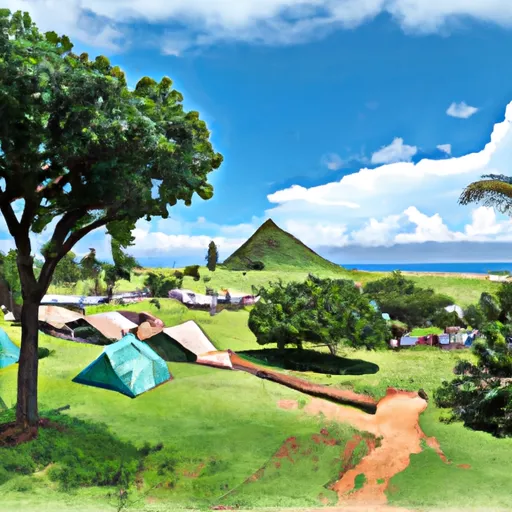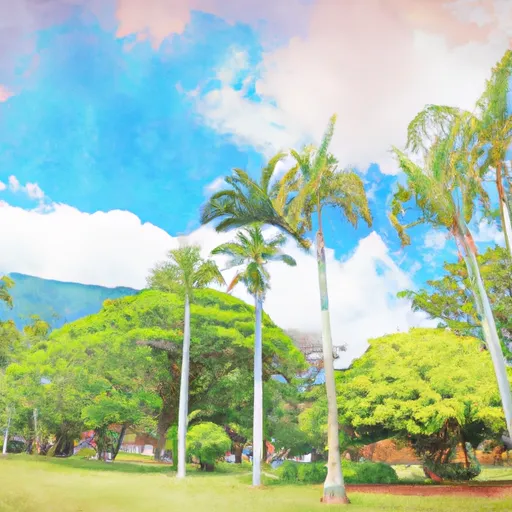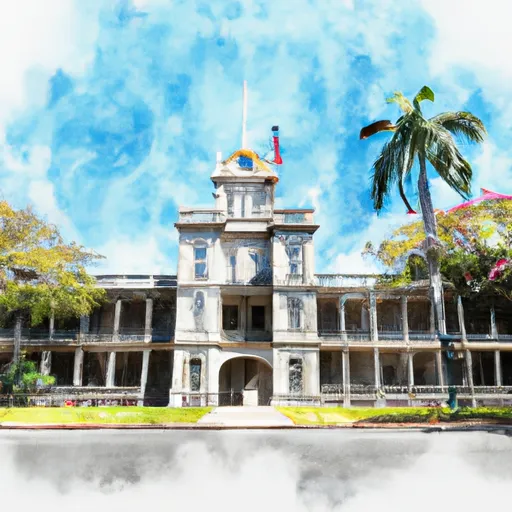Summary
Known for its stunning natural beauty, Honolulu offers a tropical climate and a diverse range of outdoor recreation opportunities. The city experiences a warm and humid climate, with temperatures ranging from the mid-70s to mid-80s Fahrenheit throughout the year. The wet season lasts from November to March, bringing occasional rainfall and cooler temperatures, while the dry season from April to October offers sunny and warm weather.
Honolulu is surrounded by the Pacific Ocean, and its hydrology constituents are heavily influenced by this proximity. The city boasts beautiful beaches and pristine waters, making it a paradise for water-based activities like swimming, snorkeling, surfing, and paddleboarding. The city is also home to numerous hiking trails, including the popular Diamond Head State Monument, offering stunning views of the city and ocean.
Apart from outdoor activities, Honolulu offers a vibrant city life, with a rich cultural heritage, diverse culinary scene, and world-class shopping and entertainment options. Overall, Honolulu provides a perfect blend of natural beauty, pleasant climate, and a plethora of recreational opportunities for visitors and residents alike.
Weather Forecast
Honolulu receives approximately mm of rain per year, with humidity levels near 74% and air temperatures averaging around °C. Honolulu has a plant hardyness factor of , meaning plants and agriculture in this region thrive during a short period during spring and early summer. Most plants will die off during the colder winter months.
Area Campgrounds
| Location | Reservations | Toilets |
|---|---|---|
 Sand Island State Rec Area - Oahu
Sand Island State Rec Area - Oahu
|
||
 Kulamanu Beach
Kulamanu Beach
|
||
 Keaiwa Heiau State Rec Area - Oahu
Keaiwa Heiau State Rec Area - Oahu
|
||
 Bellows Field Beach Park - Oahu
Bellows Field Beach Park - Oahu
|
||
 Waimanalo beach park
Waimanalo beach park
|

 Beretania Community Park
Beretania Community Park
 Aala Park
Aala Park
 Iolani Palace State Monument
Iolani Palace State Monument
 Dole Playground
Dole Playground
 Irwin Park
Irwin Park